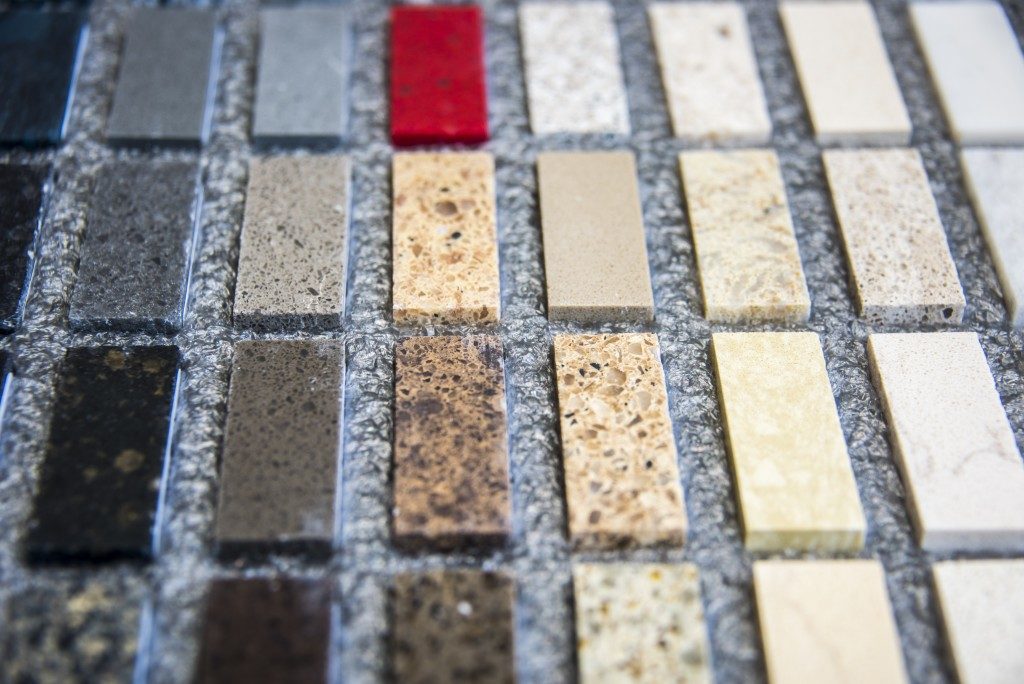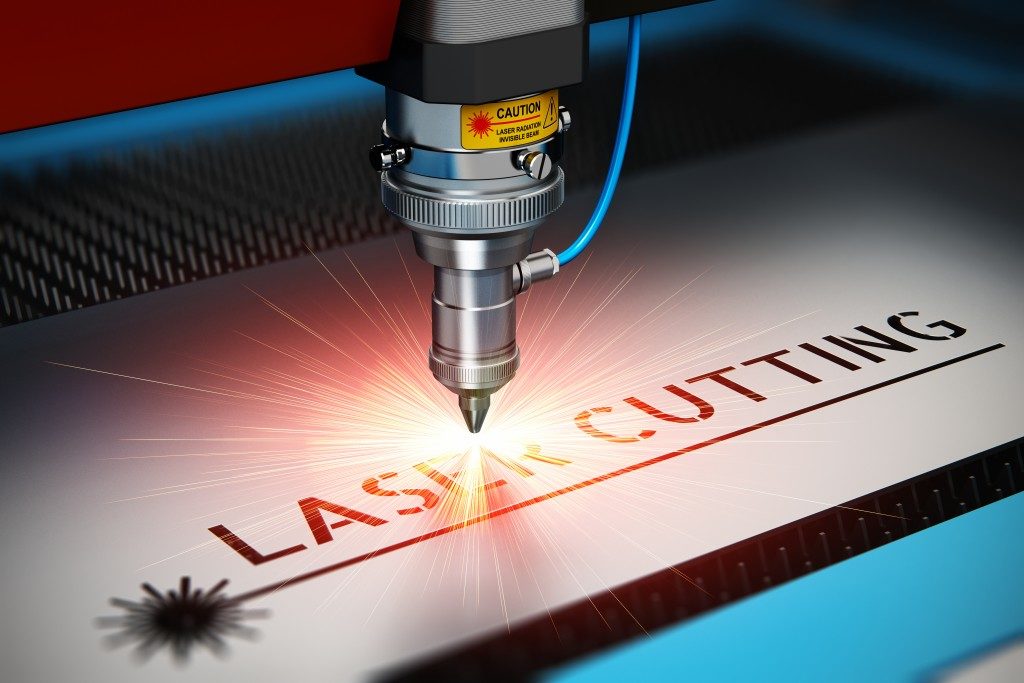A laser cutter can work on a broad spectrum of materials. Still, there are specific materials that should not be cut using it because it may not be able to withstand the procedure. Others are quite dangerous to the machine and humans, as well. Before you try to cut something you have never worked with, check the following list.
What materials are dangerous for laser cutting?
Before anything else, understand what type of material you are dealing with. This way, you will know if they are doable or could pose a threat when they come into contact with the laser.
Coated carbon fiber
You may cut carbon fiber, but not when they are already coated. Otherwise, its coating could release a mixture of toxic fumes. The hazards of these gases are more severe when inhaled by someone without a breathing mask. The fumes can even lead to all sorts of lung complications, including lung cancer.
ABS plastic
Acrylonitrile Butadiene Styrene (ABS) is an amorphous polymer and an opaque thermoplastic. If you try to cut it with a laser, it could produce cyanide. Breathing or swallowing cyanide is toxic. Its effects on us humans are the most threatening in enclosed places. It is less harmful outdoors since it disperses quickly in the open air, but it is still dangerous nonetheless.
Moreover, ABS plastic does not cut properly with laser. Instead of vaporizing, it melts and leaves behind sticky deposits. Also, it does not engrave well.
Food
In Utah, experts explain that laser cutting is not meant for cutting dough, meat, or bread. Even the most common laser cutters can contaminate food with harmful substances (e.g. acrylic smoke and wood smoke).
There are specialized lasers for food, but they are mostly for direct labeling — like putting designs or product information to eliminate the use of plastic packaging. The lasers used are maintained and kept in a clean environment, like a commercial kitchen.
PVC
Polyvinyl chloride (PVC) is also referred to as pleather or artificial leather. If exposed to a thermal process, it produces hydrochloric acid and chlorine gas. Chlorine can corrode the laser machine, ruin the optics, and distort its control system.
Sticky glue backing

Materials like thin wood laminate and acrylic tiles can be laser cut, but they become unsuitable for laser cutting if they already have a layer of glue.
The peel-off backing at the bottom facilitates attachment. This backing vaporizes to form a coat on the lens, which can heat, cloud, or crack the lens. Glue residue is more dangerous than resin. Any attempt to remove it can break the lens.
What materials are safe to use on a laser cutter?
A laser can cut paper, cork, leather, and wood. Certain plastics are also safe to cut. A good example is acrylic. It cuts perfectly, leaving a spectacular edge.
A laser machine can etch on almost anything. This includes aluminum, plastic, marble, glass, stainless steel, and wood. Approach oily and resinous woods with caution, though, since they can catch fire. Engineered woods are fine, but they char too much when cut. Cork cuts well, but thicker sizes do poorly.
New materials are constantly developing with the help of lasers, but you should test them first. The health and environmental effects of laser cutting are essentially due to the fumes the materials could produce. This is why it is best to be informed.


